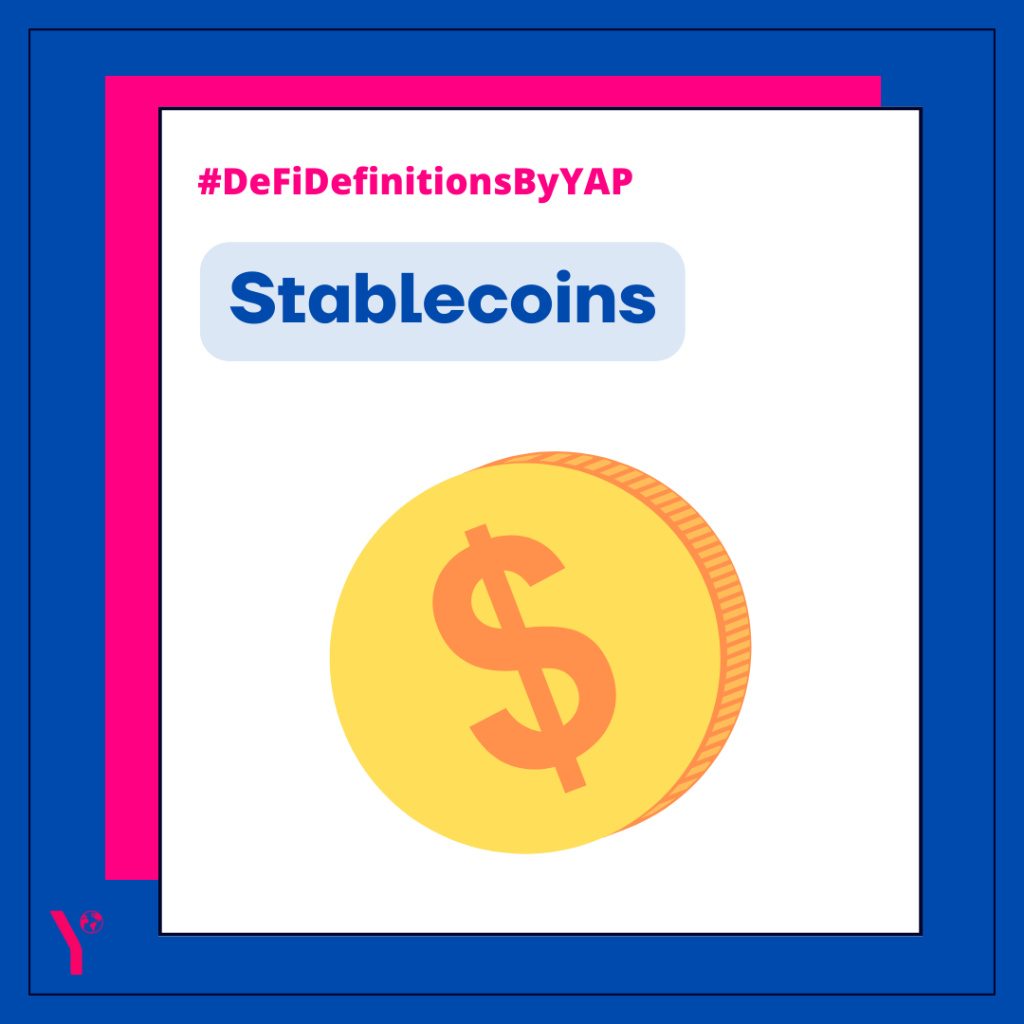Stablecoins have been the talk of the town in 2022 and not for the right reasons, in no small part due to Do Kwon’s TerraUSD losing its peg to the U.S. dollar in May. The spiral has led to a string of attempts to legislate stablecoins, but also people coming to the defence of stablecoins, blaming bad collateral – a concept familiar in traditional finance.
Stablecoins are cryptocurrencies that derive their value from what they are pegged to, whether that be a currency such as the dollar, commodity or financial instrument. They aim to maintain stability by maintaining reserve assets as collateral or through algorithms that control supply levels. As the name suggests, they are designed to remain steady and provide an alternative to high volatility assets such as Bitcoin which have less utility for day to day transactions, with stablecoins making for a better medium of exchange.
Types of stablecoins include fiat collateralised, crypto collateralised, commodity collateralised, and algorithmic stablecoins – of which terraUSD was one – proving to not be so stable after all. While scrutiny and proposed restrictions by regulators are looming, Miles Jennings, a defender of stablecoins suggests it’s not the algorithms which are the problem but rather the collateral design.
